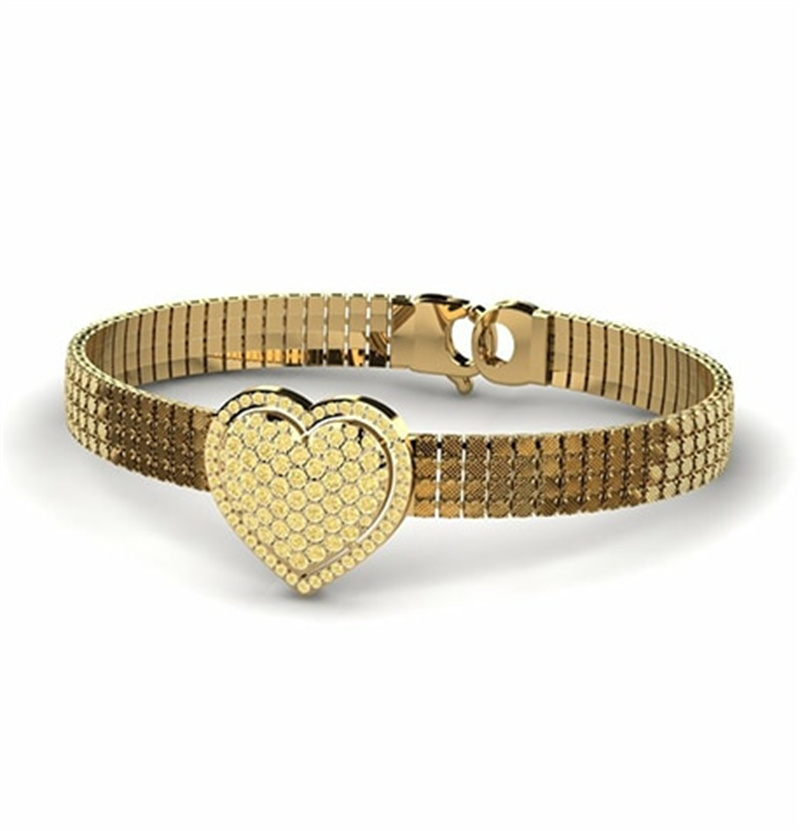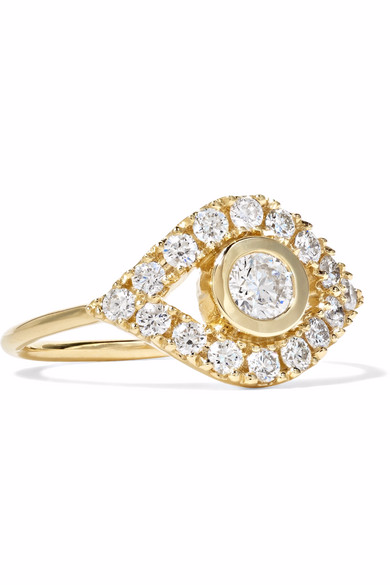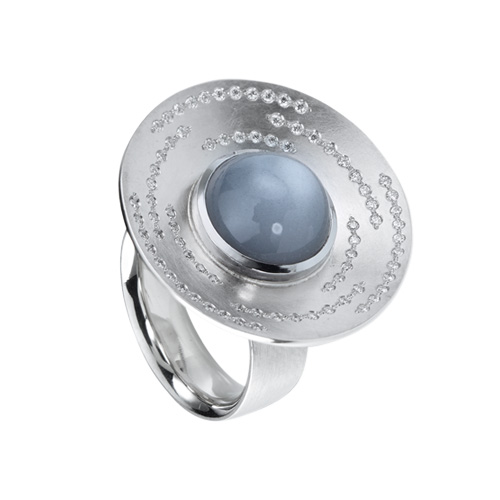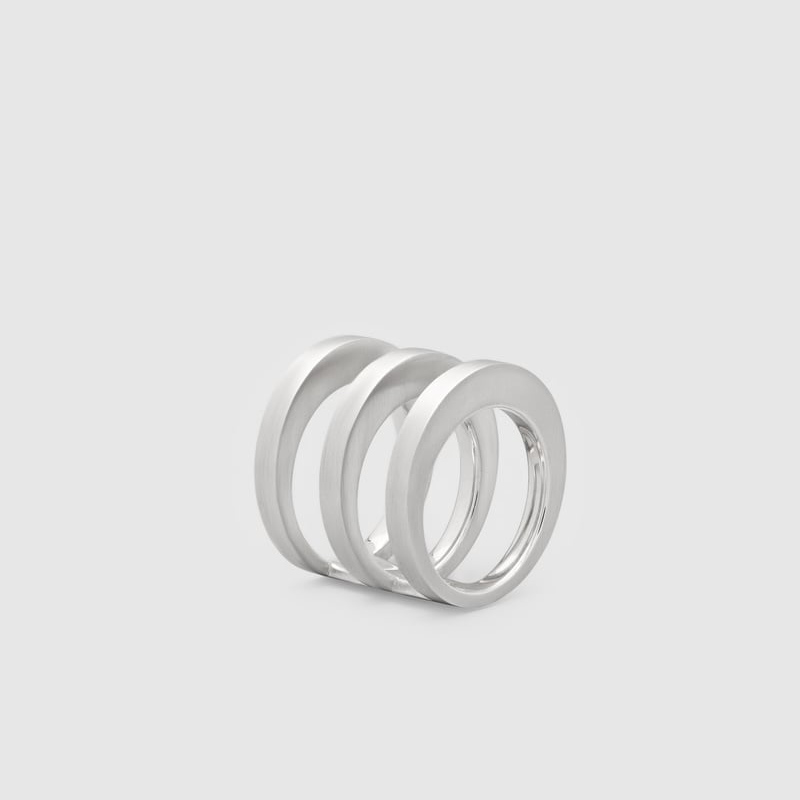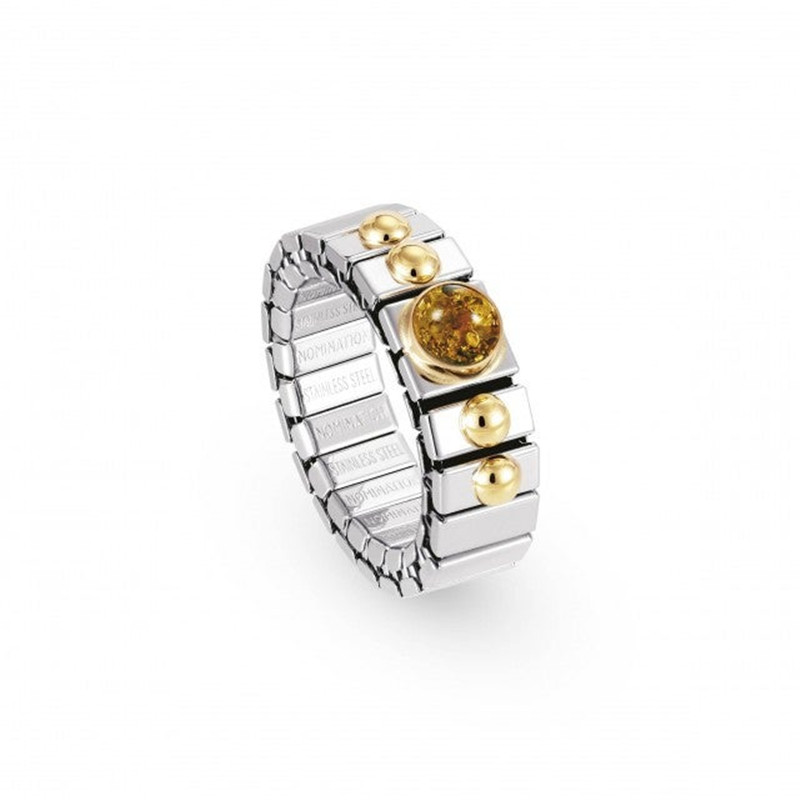How to Produce 18K Gold Over Sterling Silver Rings: A Comprehensive Guide
How to Produce 18K Gold Over Sterling Silver Rings: A Comprehensive Guide
LET’S GET STARTED : mo@kingjy.com
How to Produce 18K Gold Over Sterling Silver Rings: A Comprehensive Guide
Table of Contents
- Introduction
- Understanding 18K Gold Over Sterling Silver
- Definition and Industry Standards
- Benefits of 18K Gold Vermeil
- Differences Between Gold Vermeil, Gold Plated, and Gold Filled
- Materials and Tools Required
- Sterling Silver (925) Selection
- 18K Gold Alloy Composition
- Electroplating Equipment
- Polishing and Finishing Tools
- Step-by-Step Manufacturing Process
- Step 1: Designing the Ring
- Step 2: Casting or Fabricating the Sterling Silver Base
- Step 3: Preparing the Surface for Plating
- Step 4: Electroplating with 18K Gold
- Step 5: Quality Control and Thickness Testing
- Step 6: Finishing (Polishing, Buffing, Rhodium Plating)
- Step 7: Final Inspection and Packaging
- Quality Standards and Certifications
- FTC and International Regulations
- Hallmarking Requirements
- Avoiding Common Defects (Peeling, Discoloration)
- Cost Breakdown and Pricing Strategy
- Material Costs (Silver, Gold, Labor)
- Small-Scale vs. Mass Production Economics
- Pricing for Retail vs. Wholesale Markets
- Choosing Between OEM, ODM, and In-House Production
- Pros and Cons of Outsourcing
- Finding Reliable Jewelry Manufacturers
- Minimum Order Quantities (MOQs)
- Marketing and Selling 18K Gold Over Sterling Silver Rings
- Target Audience (Luxury vs. Affordable Markets)
- Branding and Certification Claims
- E-commerce vs. Brick-and-Mortar Sales
- Common Challenges and Solutions
- Tarnishing and Wear Resistance
- Customer Complaints and Returns
- Sustainable and Ethical Sourcing
- Future Trends in Gold Vermeil Jewelry
- Innovations in Plating Technology
- Consumer Demand for Eco-Friendly Jewelry
- Customization and Personalization Trends
- Conclusion
1. Introduction
The jewelry industry continuously evolves, with consumers seeking affordable luxury options that mimic high-end gold jewelry without the exorbitant price. 18K gold over sterling silver rings (also known as gold vermeil) offer an excellent balance between quality, durability, and cost.
This guide explores the entire production process, from material selection to final finishing, ensuring high-quality results. Whether you’re a jewelry designer, brand owner, or manufacturer, understanding how to produce 18K gold vermeil rings efficiently will help you compete in the market while maintaining premium standards.
2. Understanding 18K Gold Over Sterling Silver
Definition and Industry Standards
- Gold Vermeil (pronounced ver-may): A thick layer of 18K gold electroplated over sterling silver (92.5% pure silver).
- Minimum Requirements:
- Gold Purity: At least 10K, but 14K–18K is preferred for a richer color.
- Gold Thickness: Minimum 2.5 microns (higher-end vermeil uses 3–5 microns).
- Base Metal: Must be sterling silver (not brass or copper).
Benefits of 18K Gold Vermeil
✔ Luxurious Appearance: Looks almost identical to solid gold.
✔ More Affordable: Lower cost than solid 18K gold rings.
✔ Durable: Thicker gold layer resists tarnishing better than standard gold plating.
✔ Hypoallergenic: Sterling silver is safer for sensitive skin than nickel-based alloys.
Differences Between Gold Vermeil, Gold Plated, and Gold Filled
| Feature | Gold Vermeil | Gold Plated | Gold Filled |
|---|---|---|---|
| Base Metal | Sterling Silver | Any metal (often brass) | Brass/Copper with thick gold layer |
| Gold Thickness | 2.5+ microns | 0.5–1 micron | 5+ microns (mechanically bonded) |
| Durability | High (lasts years with care) | Low (wears quickly) | Very High (lasts decades) |
| Price Range | Mid-range | Budget | Higher than vermeil |
3. Materials and Tools Required
1. Sterling Silver (925) Selection
- Must be 92.5% pure silver (the remaining 7.5% is usually copper for strength).
- Available as sheets, wires, or pre-made ring blanks.
2. 18K Gold Alloy Composition
- 75% pure gold mixed with 25% alloy metals (silver, copper, zinc for color adjustment).
- Yellow, rose, and white gold variations are possible.
3. Electroplating Equipment
- Plating Tank: Holds the gold electrolyte solution.
- Rectifier: Controls electrical current for even plating.
- Anodes: 18K gold bars that dissolve into the solution.
- Cleaning Solutions: To remove oils and oxides before plating.
4. Polishing and Finishing Tools
- Rotary Tumblers: For pre-plating polishing.
- Ultrasonic Cleaner: Removes residues before plating.
- Buffing Wheels: For high-shine finishing.
4. Step-by-Step Manufacturing Process
Step 1: Designing the Ring
- Sketch or CAD design (for custom rings).
- Consider width, thickness, and any gemstone settings.
Step 2: Casting or Fabricating the Sterling Silver Base
- Lost-Wax Casting: Common for intricate designs.
- Hand Fabrication: Cutting, soldering, and shaping silver wire/sheet.
Step 3: Preparing the Surface for Plating
- Polishing: Smooth out imperfections.
- Ultrasonic Cleaning: Removes dirt and grease.
- Pickling: Acid bath to remove oxidation.
Step 4: Electroplating with 18K Gold
- Rinse in distilled water before plating.
- Immerse in gold electrolyte solution.
- Apply electrical current (typically 0.5–1 amp per square inch).
- Plate for 30–90 minutes (depending on desired thickness).
Step 5: Quality Control and Thickness Testing
- XRF Analyzer: Checks gold purity.
- Micrometer: Measures gold layer thickness.
Step 6: Finishing (Polishing, Buffing, Rhodium Plating for White Gold)
- High-polish finish for shine.
- Optional rhodium plating for extra durability (common for white gold vermeil).
Step 7: Final Inspection and Packaging
- Check for scratches, plating defects.
- Package in anti-tarnish pouches.
5. Quality Standards and Certifications
- FTC (USA) & EU Regulations: Must meet vermeil standards.
- Hallmarking: Stamp with “925″ and “18K” for authenticity.
- Lead/Nickel-Free Certification: Required for international sales.
6. Cost Breakdown and Pricing Strategy
| Cost Factor | Approximate Cost |
|---|---|
| Sterling Silver (per gram) | $0.80–$1.50 |
| 18K Gold Plating (per ring) | $5–$20 |
| Labor (per ring, handcrafted) | $10–$30 |
| Packaging (per unit) | $1–$5 |
| Total Production Cost | $20–$60 per ring |
Retail Markup: Typically 2.5x–5x production cost.
7. Choosing Between OEM, ODM, and In-House Production
- OEM (Custom Manufacturing): Best for unique designs.
- ODM (Pre-Made Designs): Faster, lower upfront cost.
- In-House: Full control but higher equipment investment.
8. Marketing and Selling Strategies
- Target Audience: Millennials, eco-conscious buyers, luxury seekers.
- Certifications Boost Trust: “18K Gold Vermeil, Hypoallergenic, Nickel-Free.”
- E-commerce Tips: High-quality images, lifetime care guides.
9. Common Challenges and Solutions
- Tarnishing: Educate customers on proper care (avoid chemicals, store properly).
- Peeling Gold: Ensure proper surface prep and plating thickness.
10. Future Trends
- Sustainable Gold Sourcing: Recycled gold demand is rising.
- 3D Printing: Faster prototyping for custom designs.
11. Conclusion
Producing 18K gold over sterling silver rings requires precision in material selection, plating, and finishing. By following industry best practices, brands can create high-quality, affordable luxury jewelry that appeals to modern consumers.
